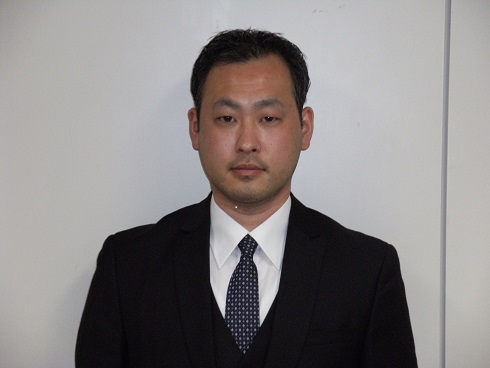Research Areas
-
Life Science / Sports sciences
Updated on 2023/07/23

Life Science / Sports sciences
University of Tsukuba Graduated
- 2010.3
University of Tsukuba Researcher
Fukui University of Technology Lecturer
2019.9
Aerobic and Anaerobic Energy Contributions during Short-Duration Supramaximal Exercises with Different Exercise Intensities Reviewed
Shunsuke Shiraki , Kohei Yamamoto , Mitsugi Ogata , Kiyonobu Kigoshi
21 36 - 43 2023.5
Relative aerobic and anaerobic energy contributions during short-duration exercise remain unchanged over a wide range of exercise intensities Reviewed
Shunsuke Shiraki, Naoto Fujii, Kohei Yamamoto, Mitsugi Ogata, Kiyonobu Kigoshi
International Journal of Sport and Health Science 2020.9
Analysis of WA World ranking for men and women sprint event as aqualification system for Tokyo 2020 Olympic Games Reviewed
120 ( 1 ) 27 - 37 2020.3
Kinematics of Maximal Speed Sprinting With Different Running Speed, Leg Length, and Step Characteristics. Reviewed
Miyashiro K, Nagahara R, Yamamoto K and Nishijima T
Front. Sports Act. Living 1 2019.9
Mechanical work calculation methods to evaluate distance runners Reviewed
1) Keitaro Seki, Kohei Yamamoto, Kiyonobu Kigoshi and Yasushi Enomoto.
33rd Congress of the International Society of Biomechanics in Sports (France) 2015.6
Sprint step-type specific characteristics of anthropometric and kinematic variables in sprinting acceleration Reviewed
Hikari Naito, Yasushi Kariyama, Kohei Yamamoto, Satoru Tanigawa
Proceedings of the 33 rd Congress of the International Society of Biomechanics in Sports 2015.6
The relationship between race pattern and performance in the men's 400 m sprint Reviewed
Kohei Yamamoto, Kenji Miyashiro, Hikari Naito, Kiyonobu Kigoshi, Satoru Tanigawa,Keigo Ohyama Byun, Ken Miyashita, Mitsugi Ogata
59 ( 1 ) 159 - 173 2014.6
Type-specific step characteristics of sprinters during acceleration phase of 100-m race Reviewed
Hikari Naito , Yasushi Kariyama, Kenji Miyashiro, Kohei Yamamoto, Satoru Tanigawa
Proceedings of the 31 th Congress of the International Society of Biomechanics in Sports 2013.7